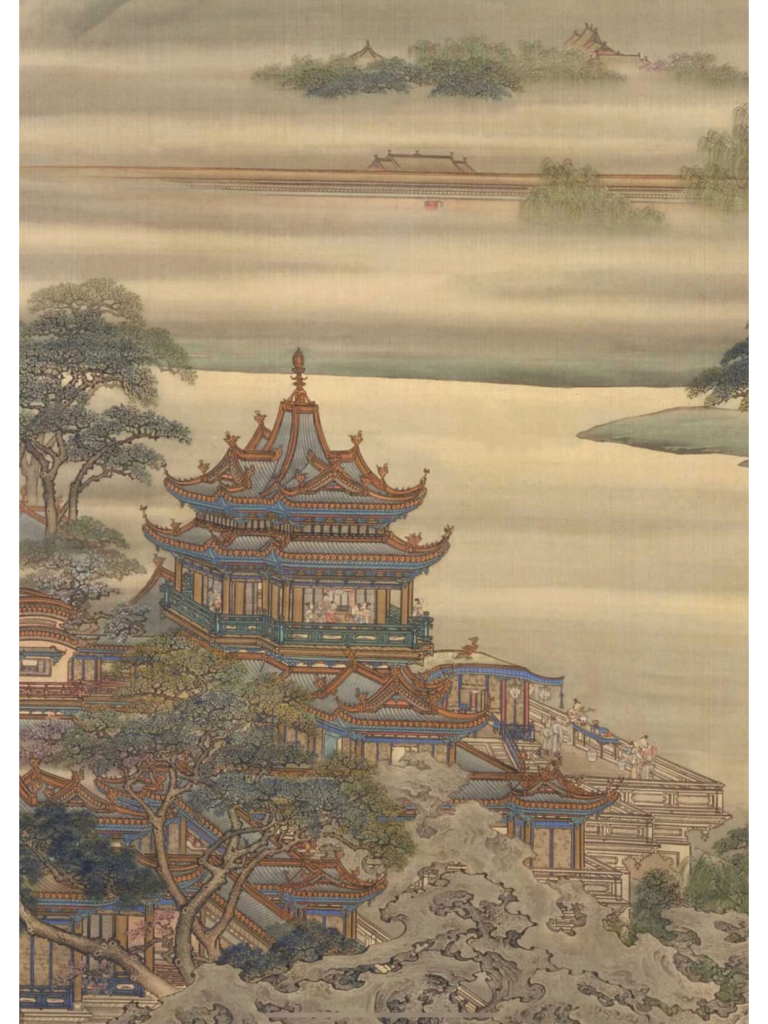The Han Dynasty (202 BCE – 220 CE) stands as one of the most influential periods in Chinese history. Its impact resonates through politics, economy, culture, science, and even national identity. Often regarded as the foundation of classical Chinese civilization, the Han legacy shaped not only later dynasties, but also much of East Asia’s historical development. So, what exactly did the Han Dynasty achieve? Let’s explore its lasting contributions across five key areas.
1. How Did the Han Dynasty Shape China’s Political System?
The Han Dynasty solidified the political foundations of a centralized empire—an administrative model that would influence China for millennia.
- Strengthening Centralized Rule: Emperor Wu of Han introduced reforms such as the Tui’en (Enfeoffment Reduction) Decree to curb the power of feudal lords and enhance central authority. This ensured that future dynasties could maintain unity under a strong central government.
- Maturing Bureaucracy: The Han established the Chaju (recommendation) system, allowing men of merit—regardless of family background—to join government service. Combined with the refinement of the “Three Lords and Nine Ministers” structure, the Han created an organized and relatively merit-based administrative model.
2. How Did the Han Dynasty Expand and Integrate Its Empire?
Territorial expansion and ethnic integration were crucial aspects of Han governance.
- Territorial Expansion: Through military campaigns against the Xiongnu and diplomatic missions like Zhang Qian’s journey to Central Asia, the Han extended its influence westward. The establishment of the Western Regions Protectorate in 60 BCE marked the first effective governance over today’s Xinjiang and parts of Central Asia. The empire also stretched into northern Vietnam and Korea.
- Cultural Integration: The term “Han” became synonymous with the majority ethnic identity of the Chinese people. This period laid the groundwork for a unified national consciousness and fostered peaceful coexistence among diverse ethnic groups.
3. What Were the Han Dynasty’s Contributions to Economy and Technology?
The Han Dynasty was a time of significant economic growth, technological innovation, and population expansion.
- Agricultural Advances: Tools such as the lou che (multi-tube seed drill) and the daitian fa (alternating field cultivation) improved agricultural yields. State-led water projects like the Baiqu Canal boosted irrigation and food production, supporting a population boom from 13 million to nearly 60 million.
- Industrial Growth: The iron industry flourished, with the invention of the chao gang fa (decarburization steel-making process) placing Han metallurgy among the most advanced in the world. Silk production and textile weaving became major industries, with Chinese silk in high demand across Eurasia.
- Birth of the Silk Road: Under Emperor Wu, the overland Silk Road opened, linking China to Central Asia, West Asia, and Europe. This trade route helped exchange not only goods but also technologies, crops, and cultural ideas.
4. How Did the Han Dynasty Influence Chinese Culture and Thought?
The Han era was a golden age for Chinese intellectual life, literature, and education.
- Rise of Confucian Orthodoxy: Emperor Wu endorsed Dong Zhongshu’s proposal to make Confucianism the state ideology, rejecting rival schools of thought. This decision had profound and lasting effects on Chinese morality, governance, and educational systems.
- Historical and Literary Achievements: The Records of the Grand Historian by Sima Qian became the model for Chinese historiography. Ban Gu’s Book of Han established the format of official dynastic histories. Han fu poetry and Yuefu folk songs reflected literary richness and societal concerns.
- Education and Scholarship: The founding of the Imperial Academy (Taixue) and regional schools helped institutionalize Confucian learning. The ideal of “rising through study” emerged, a value that persists in Chinese culture today.
5. How Did the Han Dynasty Shape International Relations and Cultural Exchange?
The Han Dynasty engaged actively with the outside world, fostering international connections that echoed far beyond its borders.
- Silk Road Diplomacy and Trade: More than a trade route, the Silk Road served as a cultural highway. Chinese silk, ceramics, and paper traveled westward, while grapes, alfalfa, and Buddhism entered China. This was a key moment of global cultural exchange.
- Global Symbol of China: The name “Han” became emblematic of Chinese civilization. To this day, Han Chinese make up the largest ethnic group in China and the world. The Han script, Han language (Hanyu), and Han identity are all rooted in this dynasty’s legacy.
In Conclusion
The Han Dynasty’s achievements were far-reaching and enduring. Its political reforms, territorial expansion, economic innovations, cultural developments, and international outreach laid the bedrock of what would later be recognized as classical Chinese civilization. Revered alongside the Tang as part of the “Han-Tang Golden Age,” the Han era remains a cornerstone of China’s historical identity.
